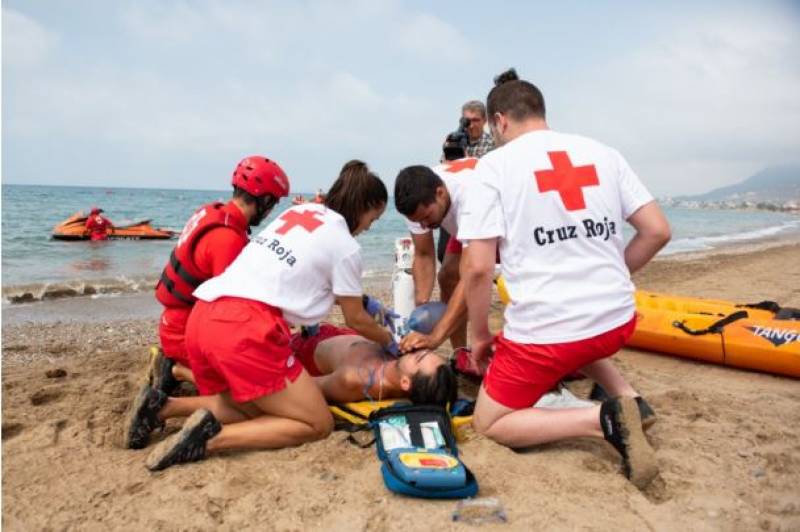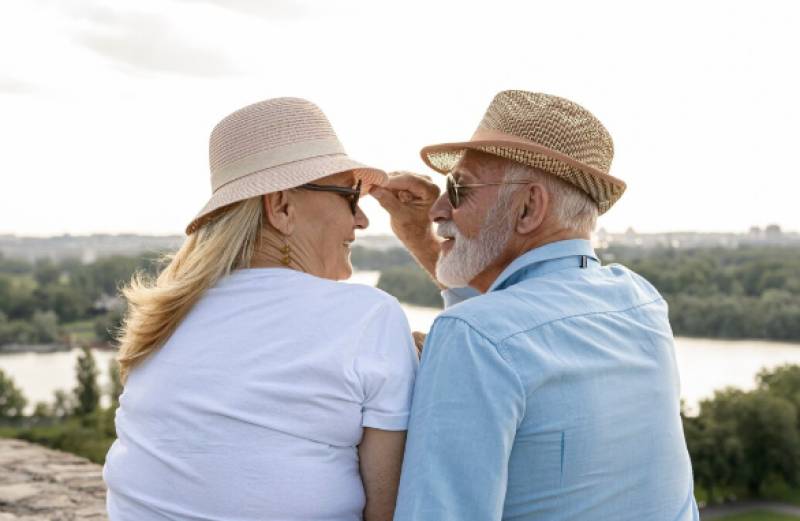
To be listed on the CAMPOSOL TODAY MAP please call +34 968 018 268.
article_detail
Date Published: 16/07/2024
What to do if you see someone drowning in the sea
Knowing basic CPR could help save lives in Spain this summer

As summer arrives in Spain and long, relaxing beach days beckon, it’s important to remember that fun in the sun can sometimes take an unexpected turn. Knowing what to do if someone is drowning could mean the difference between life and death.
If you spot someone who looks like they’re in difficulty in the water, remember the ‘PAS’ rule: Protect, Alert and Save. This simple acronym can guide you through the initial steps of an emergency response.
First and foremost, if you don't feel confident about your swimming abilities or the situation seems unsafe, the best course of action is to call for help. Prevent yourself and the victim from being put in further danger. Shout for assistance, throw a flotation device or attract the attention of nearby lifeguards or beachgoers.
If you decide to enter the water to assist, there are crucial steps to follow. Start by getting the person out of the water as quickly and safely as possible. Ensure their nose and mouth are free from obstructions, and then place them face-up on the shore. Check if they respond to stimuli by talking to them, touching them or even pinching them gently.
If the person responds and seems okay, it’s still a good idea to call the emergency services by dialling 112 and seeking medical advice. However, if they are unresponsive, immediately call 112 and follow the operator’s instructions. Provide as much information as you can about the situation and your location.
If the person is breathing, carefully place your hands on their forehead and chin, tilting their head back to ensure their tongue doesn't block their airway. This position, known as the lateral safety position, helps keep their airway open.
If the person is not breathing, it’s time to put your CPR skills into action. Start by delivering 30 chest compressions in the centre of their chest. Then, perform two breaths by tilting their head back and ensuring their airway is open (the forehead-chin manoeuvre). If air doesn’t pass with the first breath, check your technique and try again.
Alternate between compressions and breaths in a 30:2 sequence, delivering 30 compressions followed by two breaths. Aim for a rate of 100 compressions per minute, and continue this cycle until the victim starts breathing on their own, you become exhausted or specialised help arrives.
Knowing basic CPR and rescue techniques can make all the difference in an emergency, so take the time to familiarise yourself with these steps and, who knows, you might just save a life this summer.
Also of interest: 5 ways to stay safe while running or working out in extreme heat
Image: Cruz Roja
Loading
Sign up for the Spanish News Today Editors Roundup Weekly Bulletin and get an email with all the week’s news straight to your inbox
Special offer: Subscribe now for 25% off (36.95 euros for 48 Bulletins)
OR
you can sign up to our FREE weekly roundup!
Read some of our recent bulletins:
Discount Special Offer subscription:
36.95€ for 48 Editor’s Weekly News Roundup bulletins!
Please CLICK THE BUTTON to subscribe.
(List price 3 months 12 Bulletins)
Read more stories from around Spain:
Contact Murcia Today: Editorial 000 000 000 /
Office 000 000 000


























